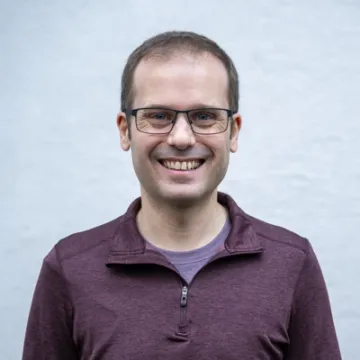One of the great ironies of Christianity is that most of us get introduced to a creation theology as the opening gambit of an evangelistic talk. This is because the Church’s popular gospel message relies upon sharing how serious sin is.
And to achieve that, most evangelists tell us God created the world perfect despite there being absolutely no biblical basis for doing so. (See Death and suffering before the fall)
But what else can they say when holding on to a material origin story? It forces our hand. I say this because a material perspective causes us to see everything as either existing or not existing.
There or not there.
Sin fits nicely into this two category worldview. It didn’t exist and then, after human rebellion, it did. Therefore, it's only natural we want to communicate how the world was like before sin and now it's like after our fall.
But that’s where we run into issues.
How does our physical world change after sin entered if it wasn’t perfect to start with? We can’t think of a solution, and so, by default, our world becomes perfect in the beginning.
We end up communicating how death and suffering enter our world at the same moment as sin does and make the fall of humankind responsible for all suffering, animal predation, and death in the universe.
A viewpoint which puts us on a direct collision course with science and cues a ton of apologetic writing.
But that's all a material story problem.
In a functional origin, God’s creative activity focuses on how our world operates or functions rather than what material it’s made of. Therefore, one of the many benefits of a functional narrative is it isn’t stuck with the material duopoly of existence and nonexistence.
Instead, it offers us three categories by which to understand our world: non-order, order, and disorder.
Gaining a third category to “existence” enables us to talk in clear terms about how sin changes our world while affirming how death and suffering are part of the natural order.
Let’s see how.


